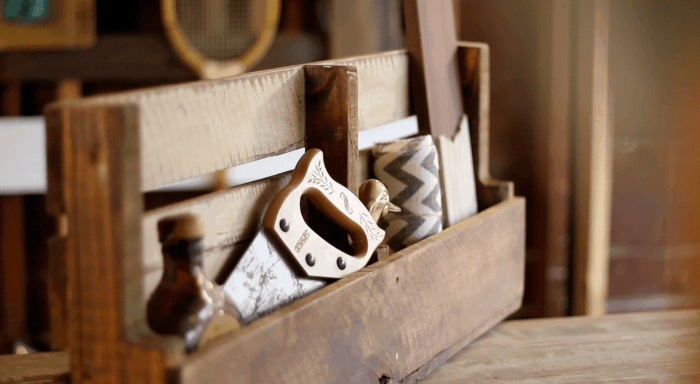Embark on the exciting journey of creating DIY crafts with “How to Make DIY Crafts: 30 Creative Projects for Beginners.” This guide will walk you through the essentials of crafting, from choosing the right project to mastering the necessary tools and techniques.
Whether you’re a novice looking to explore your creative side or an experienced crafter seeking new inspiration, this comprehensive resource has something for everyone.
Choosing DIY Craft Projects
When starting out with DIY craft projects, it’s essential to choose projects that align with your personal interests and skill level. This ensures an enjoyable and successful crafting experience. Let’s explore different types of DIY craft projects suitable for beginners and how to select the right one for you.
Types of DIY Craft Projects
- Paper Crafts: Paper crafts are great for beginners as they typically require minimal supplies and can be easily customized. Projects like origami, card-making, and paper flowers are popular choices.
- Sewing Projects: If you enjoy working with fabric, sewing projects can be a fun option. Simple projects like pillow covers, tote bags, or scrunchies are beginner-friendly and can help you improve your sewing skills.
- Upcycling Ideas: Upcycling involves repurposing old or unused items into something new and creative. This category of DIY crafts allows you to unleash your creativity while also being environmentally friendly. Projects like turning old jars into candle holders or transforming old t-shirts into tote bags are great for beginners.
Essential Tools and Materials

When starting with DIY crafts, having the right tools and materials is essential to ensure the success of your projects. Here are some common items you will need:
Tools
- Scissors: A good pair of scissors is crucial for cutting paper, fabric, and other materials.
- Glue: Different types of glue, such as craft glue, hot glue gun, or glue sticks, are necessary for sticking materials together.
- Cutting mat: Protect your work surface and ensure precise cutting with a cutting mat.
Materials
- Paper: Various types of paper like colored paper, cardstock, or origami paper can be used for different projects.
- Fabric: From cotton to felt, having a variety of fabrics allows for diverse crafting opportunities.
- Beads: Beads come in different shapes, sizes, and materials, adding texture and dimension to your creations.
- Paint: Acrylic paint, watercolors, or spray paint can bring color and life to your projects.
The Significance of a Well-Equipped Crafting Space
Having a well-equipped crafting space is important for several reasons. Good lighting is essential to see your work clearly and prevent eye strain. Adequate ventilation ensures a safe and comfortable environment, especially when working with paints, glues, or other chemicals. Organizational tools like storage containers or shelves help keep your supplies neat and accessible, making the crafting process more efficient and enjoyable.
Step-by-Step s for Beginners
Starting a DIY craft project can be an exciting venture for beginners. To ensure success in your crafting endeavors, it is crucial to follow the step-by-step s carefully. Each step plays a vital role in the outcome of your project, so attention to detail is key. Here, we will Artikel the importance of following s and provide tips to help you troubleshoot common mistakes along the way.
Importance of Following s Carefully
When engaging in a DIY craft project, following the s meticulously is essential to achieving the desired result. Each step is designed to build upon the previous one, leading you towards a successful outcome. Skipping or rushing through s can lead to errors and imperfections in your final creation. By taking your time and following each step with precision, you are more likely to create a beautiful and professional-looking craft.
Tips for Troubleshooting Common Beginner Mistakes
Even with careful attention to detail, beginner crafters may encounter some challenges along the way. Here are some tips to help you troubleshoot common mistakes and overcome obstacles during the crafting process:
- Read the s thoroughly before starting the project to ensure you understand each step.
- Double-check your measurements and materials to avoid any inaccuracies.
- If you make a mistake, don’t be afraid to start over or make adjustments to correct it.
- Seek guidance from online tutorials or craft forums if you are unsure about a particular step.
- Practice patience and take breaks when needed to prevent frustration and maintain focus.
Last Recap
Discover the joys of crafting and unleash your creativity with the help of “How to Make DIY Crafts: 30 Creative Projects for Beginners.” Start your crafting adventure today and bring your artistic visions to life!